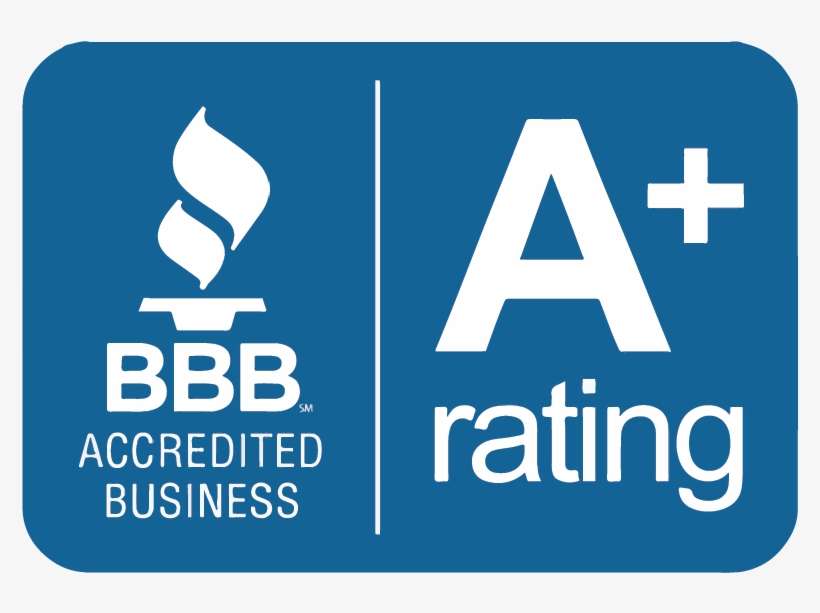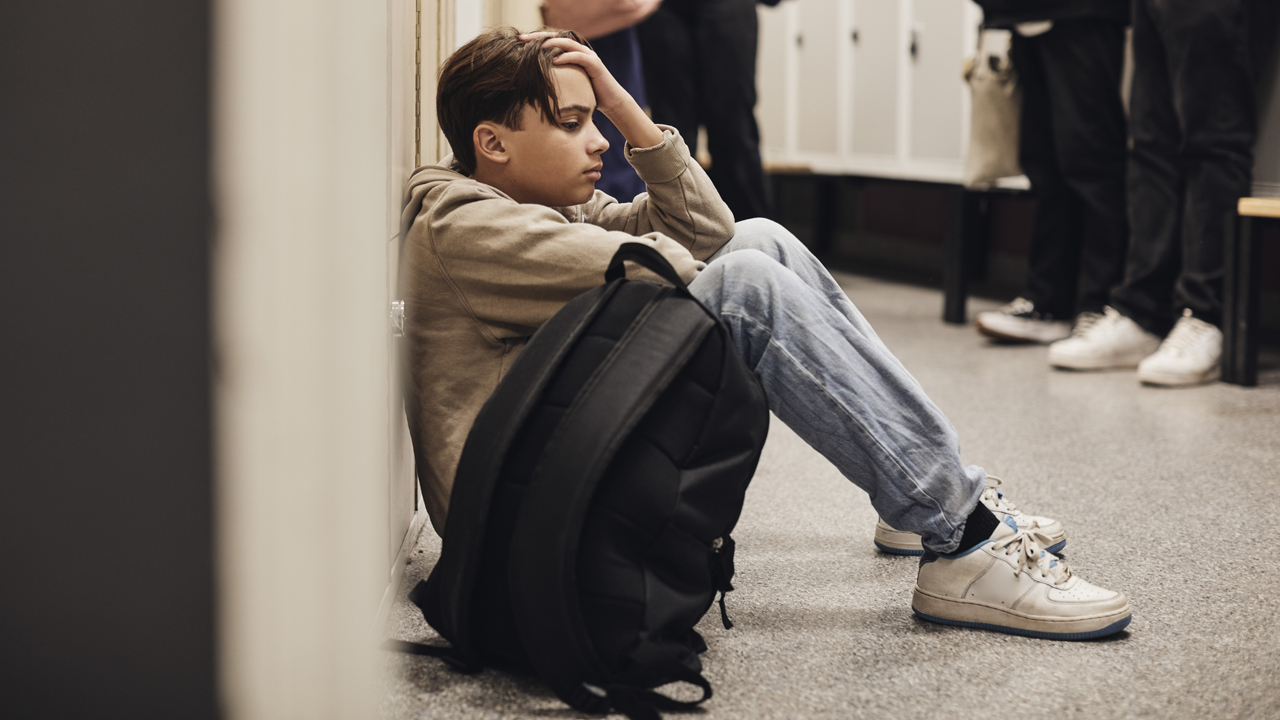Suicide Prevention: Teens & Young Adults
Teen suicide is more than just a tragedy, it is quickly becoming a growing health concern. In fact, in 2020, it was the second-leading cause of death for young people ages 15 to 24, according to the U.S. Center for Disease Control and Prevention.
The young adult mental health crisis continues to be one of the most pressing challenges for healthcare and education workers in recent years as the teen suicide rate continues to rise post-pandemic.
According to an April 2020 report from the CDC, suicide rates have risen by more than 35% since the start of the 21st century; the growing rates among teens are of particular concern.
Suicide Statistics for Young Adults
Studies that focus on examining suicide and attempted suicide among teens have revealed the following troubling statistics:
- Nearly 50% of young adults who commit suicide have never been given a mental health diagnosis.
- Suicide rates among young people ages 10–17 have experienced a 70% increase over the last decade.
- Current stats show that 17 percent of high school students have considered suicide, and more than 8 percent have made failed suicide attempts.
- The rate of suicide is four times greater for lesbian, gay, and bisexual youth, compared to straight youth.
What We’ve Learned About Suicide From Research
The American Foundation for Suicide Prevention has spent countless hours and money researching the hows and whys behind teen suicide attempts and ideation.
The information we gather from studies surrounding the mental health of those who attempt suicide and those who contemplate taking their own lives helps in brainstorming ways to be more effective in teen suicide prevention.
Some of that research has shown:
- Suicide is often related to complex brain functions. Those functions that impact decision-making and behavioral control are often impaired, making it difficult for people to find positive solutions.
- Limiting a person’s access to methods of killing themselves dramatically decreases suicide rates in every community.
- A large percent of people (nearly 90%) who die by suicide have an underlying mental health condition, which may be treatable if diagnosed.
- No one takes their life for just one reason. A combination of life stressors, combined with known risk factors like poverty, trauma, or substance use often contribute to someone taking their life.
- Most people who survive a suicide attempt (85 to 95 percent) go on to engage in life fully.
What We’ve Learned About Suicide From Research
A teen’s ability to cognitively think through current hardship as a temporary problem is far less than that of an adult. Teens struggle to think abstractly, deal with several concepts at the same time, and imagine the future consequences of their actions. This type of thinking in a logical sequence doesn’t fully develop until well into adulthood.
As a result, teens can have trouble coping with the multiple stressors of adolescence. Strong feelings of stress, triggered by catalysts including rejection, self-doubt, puberty, failure, academics, new relationships, and family dynamics can negatively influence a teen’s ability for problem solving and decision making.
Young adults may also be unable to see past their current situation or fully understand that suicide is permanent and should not be treated as a solution to a temporary problem.
Furthermore, impulsivity is a key risk factor in suicide, and teenagers are impulsive by nature. When these problems and changes seem too hard to overcome, suicide may seem like a solution.
Risk Factors & Causes
The risk for suicide amongst adolescents has many factorial contributors including gender, cultural and social influences, and age. These risk factors may change and adapt over time as well.
While thoughts about suicide and teen suicide attempts are often associated with depression, this is not the only risk factor associated with suicidal thoughts. In addition to depression, other risk factors include:
- Diagnosed or undiagnosed mental illness
- Family history of mental illness or substance abuse problems
- Family history of suicide attempts
- Substance abuse by the teen
- Exposure to violence in person or in the media
- Impulsive behaviors
- Family violence, including physical, sexual, verbal or emotional abuse
- Aggressive or disruptive behavior
- Access to firearms
- Bullying
- Feelings of hopelessness or helplessness
- Acute loss, such as the death of a parent or a loss of home
Risk Factors & Causes
Many of the warning signs of suicidal thoughts may seem small at first; they can also appear like symptoms of depression. For these reasons, the warning signs can often go unnoticed or be attributed to symptoms of other health problems.
Warning signs associated with suicide can include:
- Changes in eating or sleeping habits
- Frequent or pervasive sadness
- Complaints of boredom
- Lack of focus or ambition
- Withdrawal from friends & family
- Loss of interest in regular activities
- Emotionally regulated physical symptoms such as stomachaches, headaches, fatigue, etc.
- Decline in the quality of or interest in schoolwork
- Preoccupation with death and dying
- Alcohol and/or drug use
- Unnecessary risk-taking
- A newly unkempt appearance or lack of personal hygiene
Young people who are thinking about suicide may also stop talking about the future or planning for important future events like prom, graduation, or college. They may begin to give away essential possessions and will often stop responding to personal praise. Sometimes they will go so far as to begin talking about their plans for suicide.
Listen to what your teen is saying and doing. Look for signs such as:
- Verbalizing desires like “I want to kill myself,” or “I’m going to commit suicide.”
- Dropping clues like: “I won’t be a problem much longer,” “You’re better off without me”, or “If anything happens to me, I want you to know ….”
- Writing notes to loved ones, or making a list of personal belongings
- Writing a suicide note
How is a Teen Diagnosed as Being Suicidal?
The aforementioned warning signs of suicide are a cry for help. This is especially true if an adolescent verbalizes their desire or plans to take their own life. Always take such statements, thoughts, or plans very seriously.
Any young person who expresses thoughts of suicide should be evaluated by a healthcare professional right away. Talk with your teen’s healthcare provider to determine the best course of action for your specific needs or situation. Evaluations will often take place at an inpatient facility to make sure of the child’s safety.
Factors That Assist in Suicide Prevention
Everyone can help prevent suicide by learning the warning signs, promoting prevention and resilience, and committing to social change. However, when it is someone you love, especially a child, the situation can seem hopeless. Don’t be discouraged, there are many ways you can promote mental well-being, and assist in teen suicide prevention.
Of course, learning the early warning signs of teen suicide can help prevent an attempt. However, it is also important to keep an open line of communication with your teen. It can feel uncomfortable to talk about suicide. However, asking your child or adolescent whether he or she is depressed or thinking about suicide can be helpful and even life-saving. Try communicating your concern with questions like:
- Are you thinking about hurting or killing yourself?
- Are you feeling sad or depressed?
- Have you ever thought about hurting yourself?
- Do you ever think about killing yourself?
Often, people fear that these kinds of questions can “put thoughts of suicide into a child’s head”. Rather, these questions can provide reassurance that somebody cares about them and, by opening up communication, you will give your teen the chance to talk about problems.
Other steps to aid in prevention include:
- Keep an inventory of all the medicine in your home.
- Keep guns away from children and teens, unloaded and in a locked location.
- Seek help for your teen for any mental or substance abuse problems.
- Support your teens by listening and talking with them often.
Social Media and Mental Health
In today’s technology-dependent world, it’s very important to take into account of the ways your loved one is active on social media. Talking about expectations regarding social media and keeping an eye on what your child is posting is important for your young adults’ mental well-being.
While it’s true that access to social media can give teens valuable support systems and connect them to people having similar experiences, it can also expose young adults to negative influences.
Aside from impacting sleep, social media can also expose teens to excessive bullying. The ability to say mean things and hide behind a screen empowers young people to want to bully others. Social media can also introduce an unrealistic view of other people’s lives, making your teen feel like they are not as good as other people appear online.
Additionally, teens have been known to use social media as their first experiment publicly discussing their suicide plans.
The prevalence of peer pressure on social media is a factor to consider as well. If your teen becomes upset or hurt by social media posts or messages from others, you’ll need to encourage him or her to talk to you about it. You can also rely on a trusted teacher to start a conversation about social media use if you feel like that might have a bigger impact on your teen.
There have been studies which observed direct links between high levels of social media use and depression or anxiety symptoms. The idea that the emotional investment in social media can create intense feelings of upset and were linked with worse sleep quality and higher levels of anxiety and depression in adolescents.
Setting family rules about when it is appropriate to use social media will help to keep use in check. There should be guidelines regarding what time of day electronics should be turned off, and ways to keep social media from interfering with meal time, homework, and other activities.
It is important to regularly check your teen’s social media accounts. You will want to let your teen know you’ll be monitoring them, so it is no secret that you’ll be checking in. Do this several times a week to see who your teen is talking to, and the kind of content they share with others. Be especially conscious of comments your teen might make that would indicate they are having suicidal thoughts.
Talk about your social media habits and follow the rules you set for your teen. Ask your teen how he or she is using social media and how it makes them feel. Remind your teen that social media is full of unrealistic images and that kindness matters.
This is particularly important for teens who admit to boredom and often withdraw from others.
Treatment Programs for Suicidal Behaviors
Treatment will depend on your child’s age, what symptoms they exhibit, and their general health. It will also depend on how severe the situation has become. Treatment will always start with a detailed evaluation of your child’s physical health by a healthcare professional and an examination of events in your teen’s life leading up to the suicidal behaviors.
Treatment may include:
Family Therapy or counseling specifically designed to address depression and teen suicide, by focusing on repairing relationships between parents, siblings and teens. The hope here is that after a series of sessions, young people will feel comfortable and confident enough to turn to their parents when they are experiencing suicidal thoughts.
Cognitive Behavioral Therapy helps a teen to think clearly about what they are thinking and feeling. CBT identifies and names the emotions that often result in a sense of isolation, loneliness, and fear. Consequently, it also can pinpoint self-depreciating thoughts and provides valuable insight a teen suffering with depression.
Dialectical behavioral therapy provides the skills to focus on mindfulness and emotional regulation, which can be utilized after only a single session.
Other Intervention Strategies: Intervention strategies which help teens to create a crisis response plan have proven successful. The idea is to create a list with specific instructions for what to do and how to get help when thinking about suicide. Research suggests that a plan can help reduce the risk that a teen might act on suicidal thoughts.
Collaborative Care: This kind of team-based approach to mental health care includes a behavioral health care manager, the primary health care provider, and mental health specialists to develop a treatment plan together to suit the needs of the patient.
Resources
If you have a loved one who is having suicidal ideation, a teen suffering from depression, or any other mental health concern, you’re not alone. There are many resources for you to assist you in connecting with your teen, help you in case of a crisis, and give you the tools necessary to help you get to a place of recovery.
- Call 911 if you need immediate assistance, or if your teen has suicidal thoughts, a suicide plan, and the means to carry out the plan.
- National Suicide Prevention Lifeline: 1-800-273-8255 or text CONNECT to 741741. You can also contact them through their website.
If you would like to chat with a counselor online, the National Suicide Prevention Lifeline offers that service. Click here to chat online with a trained counselor.
- Trevor Lifeline for the LGBTQ community: 1-866-488-7386 or text START to 678678. You can also contact them through their website.
These toll-free lines are staffed by people 24/7 who are trained to help. The calls are always confidential.
- Acera Health offers treatment programs for a wide variety of mental health conditions, from Anxiety to OCD. A team of trained professionals is standing by to help you reach a place of recovery and peace.
- Suicide.org offers a list of local California suicide hotlines listed by county.
This resource even has options for teens to talk to other teens, family counseling calls, and emergency services.
- The You Matter Campaign, sponsored by the National Suicide Prevention Lifeline, is a safe space for teens to discuss and share stories about mental health and wellness. You Matter works to spread the word that the problems, worries, fears, and above all, the individual teen: matter.
- The California Mental Health Resources Center has helplines listed by county, as well as education and awareness programs.
The website gives users access to suicide prevention services, support from local communities, and information about the national suicide prevention lifeline. There is a list available here of the many resources available to assess, treat and intervene when you suspect someone is having suicidal thoughts.
- The National Adolescent and Young Adult Health Resource Center offer a variety of research documents, articles, and presentations to support education for parents, teachers, and health care providers on ways to treat and prevent teen suicide.
- The CDC offers a list of further suicide prevention strategies.
Contact Acera Health in Orange County
If you have a loved one with suicidal ideations or suicidal thoughts, contact us today. We provide inpatient and residential mental health treatment programs in Orange County, California for young adults and adults.







